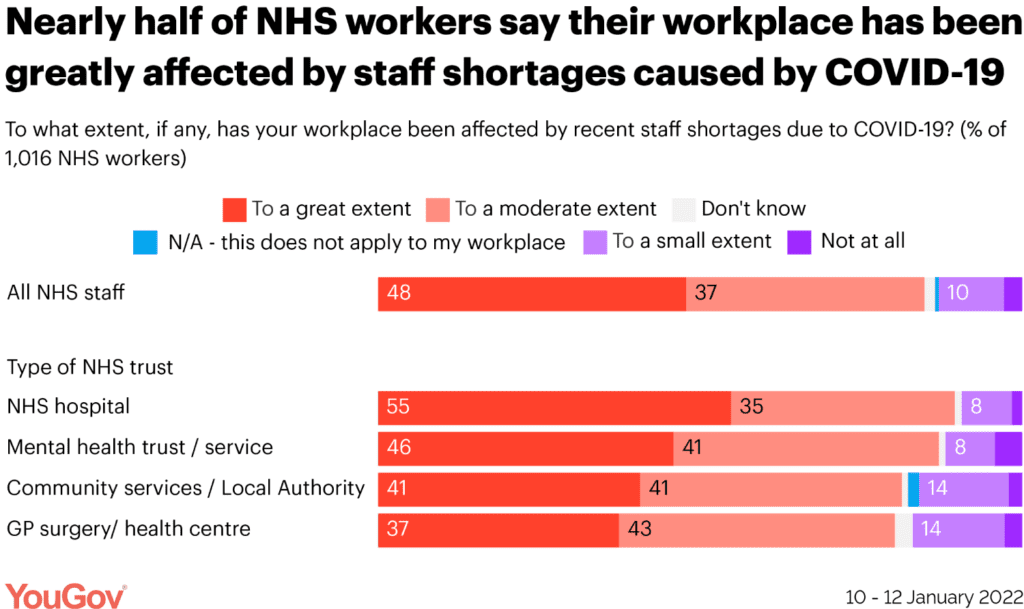The world is facing a global health care worker shortage, with experts expecting to see more cross-border coordination in 2023.
This coordination will help share resources and ensure that there aren’t any “brain drains” when healthcare workers move from lower-income countries to higher-income ones. As technology continues to advance, it can be used to help solve this problem.
Remote Patient Monitoring Technology and Virtual Reality
Remote Patient Monitoring Technology (RPM) is a technology that can expand the reach of existing clinicians by giving them access to patient data in real-time. The data they collect can be used to make decisions on patient care or monitor the progress of treatment from afar. Additionally, the technology allows for better communication between health care providers and patients as well as improved diagnoses and treatments. This makes RPM an invaluable tool for expanding access to quality health care services, particularly in underserved areas that have limited resources or lack of medical personnel.

Virtual reality (VR) technology is also being used for medical training purposes. VR allows students and medical professionals to gain hands-on experience without having to interact with actual patients. It also provides a platform for medical professionals from different countries to come together and learn from each other by creating an interactive learning environment that simulates real-world scenarios. By using VR technology, more people can be trained faster and at a lower cost than traditional methods, which could help alleviate some of the global health care worker shortages.
The Movement of Healthcare Workers from Low Income to High Income Countries Will Continue
The movement of healthcare workers from lower-income countries to higher-income ones will likely continue, as these countries often offer better pay and working conditions. This can create a brain drain in the country of origin, leading to worsened access to quality health care services for their population.
However, with increased cross-border coordination, the sharing of resources, and the utilisation of technology, this could help to alleviate some of these issues.

Potential Challenges with Technology
Like any technology, there are potential challenges that need to be addressed before it can be used effectively. These include privacy and security concerns, as well as the cost of implementation.
Additionally, healthcare providers need to understand how to operate and interpret data from these systems in order to make effective use of them. Without proper training, this technology could be wasted, which could lead to worse outcomes for patients.
The global crisis of health inequity can only be solved by accelerating access to healthcare technologies that put people first. Learn more about our efforts to increase access to quality healthcare: https://t.co/H6oIGRNCMv pic.twitter.com/eFNSGjduqn
— Medtronic (@Medtronic) January 7, 2023
Role of Marketing in the Future of Healthcare

Marketing plays an important role in the future of healthcare by promoting awareness of available services and treatments. This can help to educate potential users on the benefits and risks associated with certain medical procedures or technologies, as well as dispel any misconceptions that they may have. Additionally, effective marketing can drive demand for products and services, which can lead to increased innovation and better access to quality healthcare.
By leveraging existing resources, utilising innovative technologies, and engaging in effective marketing efforts, the healthcare industry can help reduce global health care worker shortages and provide more people with access to quality healthcare services. The future of healthcare is an exciting one, and it is full of potential opportunities that can improve outcomes for patients and healthcare providers alike.
Conclusion
The global health care worker shortage is a complex issue that needs a comprehensive solution – one that includes cross-border coordination as well as tech solutions like remote patient monitoring and virtual reality-based medical training programs. As technology continues to advance, it can bring us closer together and provide us with valuable tools we need to tackle this crisis head on – giving us hope that our vision of universal access to quality health care will become a reality one day soon.
Marketing teams should use these new opportunities such as remote patient monitoring tools or virtual reality based training programs offered by their organisation in order to promote their product or service for better outreach results!









